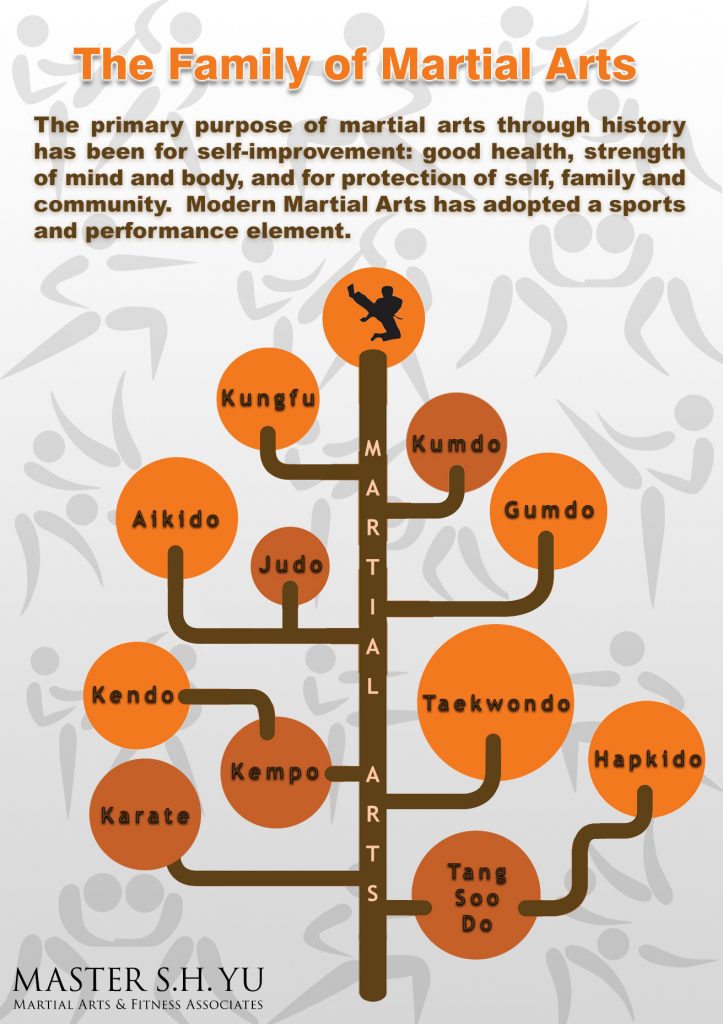The Advancement And Historic Context Of Martial Arts Worldwide
The Advancement And Historic Context Of Martial Arts Worldwide
Blog Article
Post Created By-Mortensen Matthews
Martial arts have a fascinating history that spans centuries and continents. You may discover it appealing how ancient methods like Shuai Jiao and Kalaripayattu laid the groundwork for contemporary battle techniques. These techniques not just highlight physical abilities yet also reflect the cultures that birthed them. As you explore their evolution, think about exactly how globalization has actually transformed these standard forms into crossbreed styles. What influences do you assume have shaped today's martial arts landscape?
Ancient Martial arts: The Structures of Combat
As you look into the globe of old martial arts, you'll find the rich structures that shaped battle strategies throughout cultures. Early techniques focused on Self-Defense and survival, commonly including strikes, hurting, and weaponry.
In ancient China, as an example, methods like Shuai Jiao emphasized throws and joint locks, while India's Kalaripayattu showcased dexterity and liquid activity. how many kids are enrolled in premier martial arts schools created Kenjutsu, a polished swordsmanship that highlighted technique and method.
These martial arts served not just for battle but likewise as a means of personal advancement, instilling values like regard and determination. The blending of these techniques gradually laid the groundwork for the diverse martial arts you see today, each reflecting the unique philosophies and requirements of its society.
The Cultural Impact on Martial Arts Advancement
While martial arts usually reflect the practical demands of a culture, they also symbolize the cultural worths and beliefs of their beginnings. When you discover different martial arts, you'll observe exactly how they're influenced by religion, approach, and social norms.
For instance, the focus on regard and self-control in Japanese martial arts originates from Zen Buddhism and samurai culture. On the other hand, Brazilian Jiu-Jitsu promotes versatility and strategy, formed by the need for effectiveness in a diverse, modern setting.
You might find that the rituals, attires, and training approaches reflect a neighborhood's background and identification. By comprehending these cultural influences, you deepen your admiration of martial arts and their duty in shaping human experiences across the globe.
Modern Adaptations and the Globalization of Martial arts
Martial arts have actually changed substantially in current decades, adapting to modern culture and international influences. You'll observe that traditional types have blended with modern-day techniques, creating hybrid styles like MMA. These adaptations accommodate diverse audiences, making martial arts obtainable and appealing around the world.
With the rise of social networks and digital systems, you can discover tutorials and competitors from all corners of the globe, damaging geographical obstacles. This globalization has actually resulted in a shared admiration for different self-controls, from Brazilian Jiu-Jitsu to Taekwondo.
As you engage with these arts, you'll understand they're not nearly combat; they promote health and fitness, self-control, and psychological well-being.
Eventually, contemporary adaptations have actually enhanced the martial arts landscape, making it a vibrant and advancing practice.
Final thought
In discovering the background and development of martial arts, you reveal a fascinating mix of methods, cultures, and approaches. From should martial arts be banned -controls like Shuai Jiao and Kalaripayattu to the contemporary flexibility seen in mixed martial arts, martial arts show humanity's pursuit for Self-Defense and individual development. As you involve with these methods, you not just obtain abilities yet additionally a much deeper recognition for the varied customs that form our globe today. So, continue your journey and accept the art of battle!
